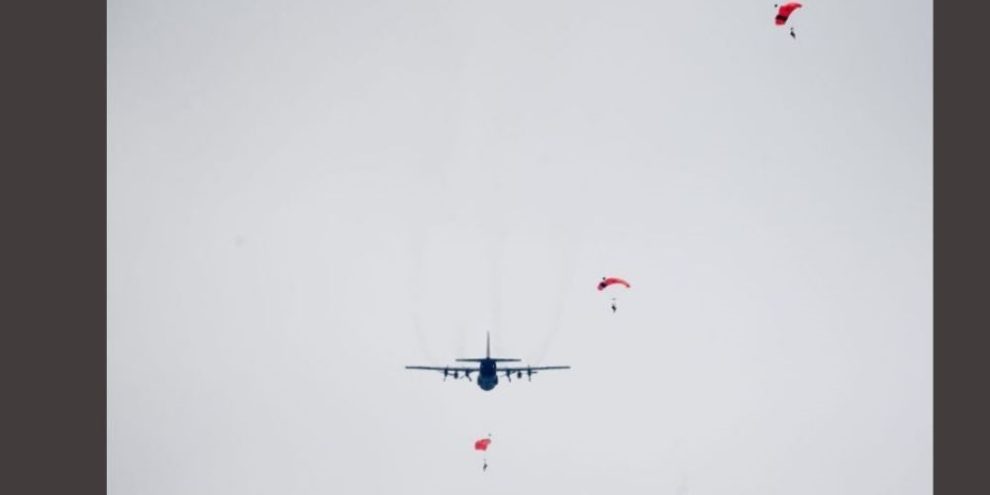
By Lee Berthiaume in Ottawa
Canada’s top military commander says his troops are feeling the sharp bite of skyrocketing housing prices and other costs of living due to their unique lifestyles, and more housing on Canadian Armed Forces bases is needed.
Gen. Wayne Eyre said Thursday that a lack of affordable housing and growing difficulties making ends meet have emerged as top complaints from Armed Forces personnel to senior leaders.
“The number 1 issue that comes up as I travel around the country is cost of living and the challenges our people are facing in terms of finding affordable accommodations,” Eyre said during a breakfast event hosted by Ottawa Mayor Jim Watson.
The chief of defence staff said while many Canadians are facing the same challenges, the impacts are particularly acute on members of the Canadian military, who are frequently required to move to different bases and locations across the country.
An internal report by the military’s morale and welfare unit in 2018 found one in four Armed Forces members are required to relocate every year due to training or operational needs.
Eyre took special aim at what he described as a shortage of housing on military bases.
“Now we’re somewhere in the neighbourhood of 4,000 to 6,000 units short on our bases, which is also accentuating the housing problem,” he said.
An internal Defence Department report on military housing published in December said there were around 12,000 units across the country, which provided accommodation to about 20 per cent of Armed Forces members.
While occupancy rates in different places vary, the report found housing was near capacity, particularly as between 10 to 15 per cent of all units are unavailable at any given time due to maintenance or other reasons.
The report also found that a special allowance called the post-living differential (PLD) established to offset the added costs service members face in more expensive communities is falling short as the current rate has been frozen since 2009.
“The inability of the PLD to keep pace with market fluctuations is limiting its support to housing affordability,” the report said.
Eyre identified the cost of living concerns and lack of affordable accommodation as challenging the military’s ability to retain trained and experienced personnel, which has emerged in the past few years as a key issue.
The Canadian Armed Forces is currently short thousands of members, a fact Eyre highlighted during his breakfast address, in which he warned the military has been “stretched pretty thin.”
Many Armed Forces members are exhausted from the unrelenting tempo of the past two years, Eyre said, which has included supporting Canadians throughout the COVID-19 pandemic while responding to natural disasters and events overseas.
Those include Russia’s invasion of Ukraine, with Defence Minister Anita Anand announcing the deployment of up to 150 Armed Forces members to Poland on Thursday to help with the refugee crisis there. It is the latest addition to a growing list of deployments to Europe.
Eyre also noted that while Russia is currently top of mind, concerns about Chinese aggression in the Indo-Pacific region have not gone away, while extremist groups and even climate change remain ever present.
The rising number of threats and demands at home and abroad have come at the same time as pandemic restrictions have limited recruitment and training, and allegations of sexual misconduct against senior officers have shaken the military’s image.
All of this has underscored the importance of changing the military’s culture to make it a more attractive workplace, Eyre said, but also the urgent need to keep or retain those already in uniform.
“We’ve got to work harder and we’ve got to work faster because the international security environment is demanding it,” he said. “A dangerous, uncertain future looms and it’s not going to wait for us to be ready. So we have to be ready now.”
Banner image: Parachuting soldiers are seen in the air as a CC130 Hercules transport aircraft flies overhead at Canadian Forces Base Trenton, in Trenton, Ont., Thursday, April 14, 2022. THE CANADIAN PRESS/Christopher Katsarov
This report by The Canadian Press was first published April 14, 2022.






